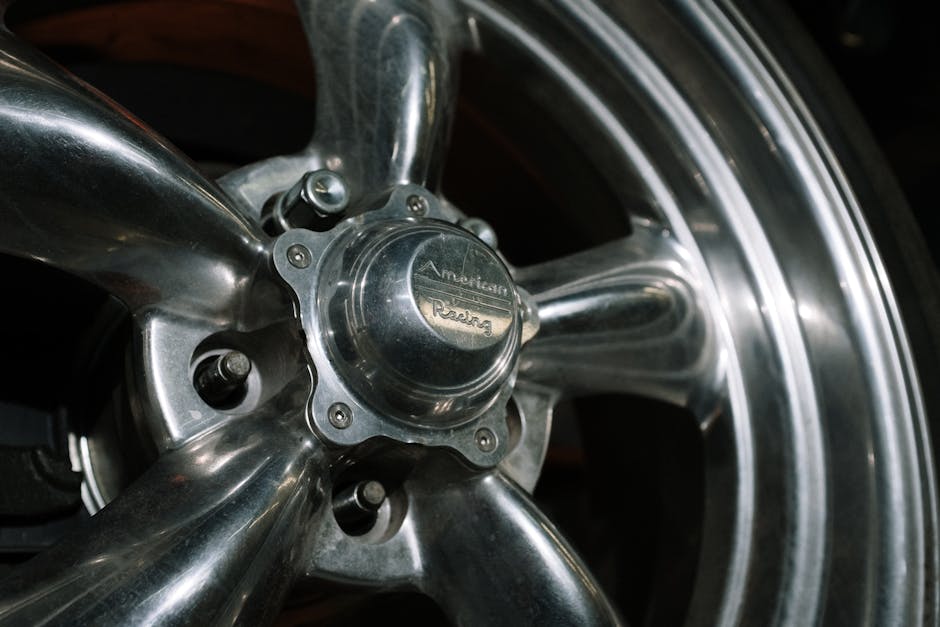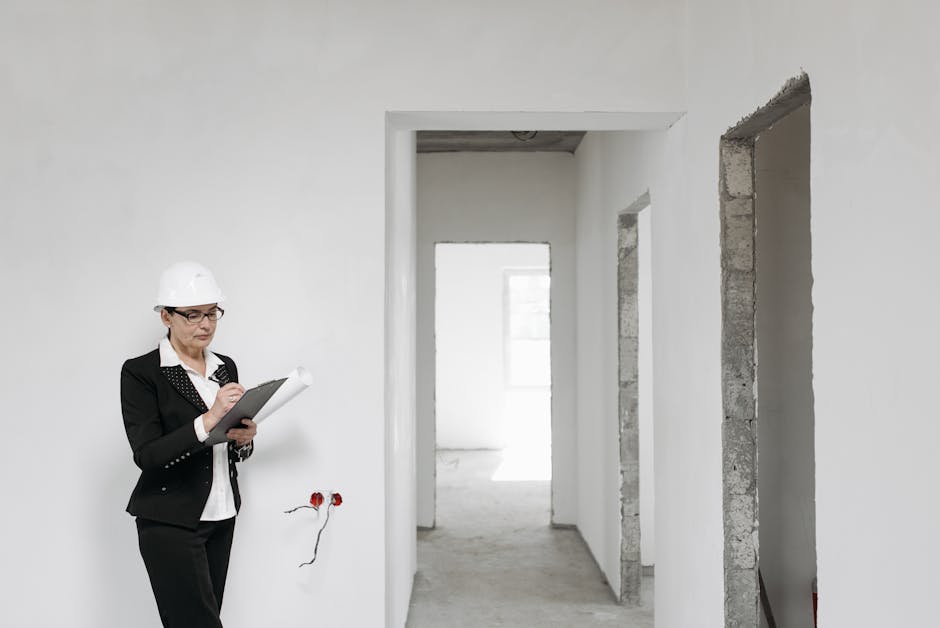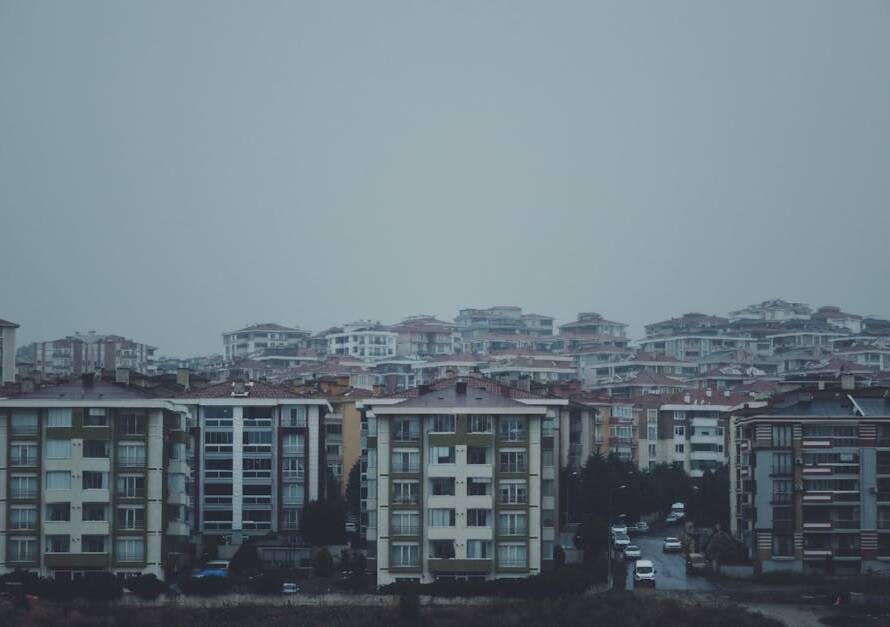Water damage can be a homeowner’s worst nightmare, and understanding its implications is crucial for effective repair and prevention. In Coeur d’Alene, the unique climate and geography can contribute to various water damage scenarios, from flooding due to heavy rains to plumbing issues in older homes. Recognizing the signs of water damage early can save you time, money, and stress.
Common indicators of water damage include discoloration on walls and ceilings, a musty odor, and the presence of mold or mildew. Water can seep into your home through roof leaks, broken pipes, and even minor cracks in your foundation. Left unchecked, water damage can compromise the structural integrity of your property, leading to more severe issues down the line.
It’s important to act quickly when you notice any signs of water damage. Immediate steps include stopping the water source, drying out affected areas, and assessing the extent of the damage. For more extensive damage, professional water damage repair services in Coeur d’Alene can help ensure that your home is thoroughly dried, cleaned, and restored. At Brothers Restoration, we treat all of our customers like family and are committed to restoring your home to its best condition.
Call 208 Flooded or visit our website at www.brothersresto.com for expert water damage repair in Coeur d’Alene. Our experienced team is ready to assist you with all your restoration needs, ensuring your home is safe and sound.
Immediate Steps After Water Damage
When faced with water damage, taking immediate action is essential to minimize the extent of the damage and prevent further complications. Here are some crucial steps you should follow right away:
- Ensure Safety: Before anything else, make sure that it is safe to remain in your home. Be cautious of potential electrical hazards and slippery surfaces.
- Stop the Water Source: Identify and stop the source of the water to prevent additional flooding. This could involve turning off the main water supply or addressing leaks.
- Document the Damage: Take photos and videos of the affected areas and damaged belongings. This documentation will be valuable for insurance claims.
- Remove Excess Water: Use mops, towels, or a wet/dry vacuum to remove standing water. The quicker you can remove the water, the less damage it will cause.
- Dry Out Affected Areas: Open windows, use fans, and run dehumidifiers to help dry out the area. Proper ventilation is key to preventing mold growth.
- Protect Your Belongings: Move furniture, electronics, and other valuables to a dry area. Place aluminum foil or wooden blocks under furniture legs to prevent further damage.
- Contact Professionals: For significant water damage, it is advisable to reach out to professional water damage repair services. They have the expertise and equipment to thoroughly dry, clean, and restore your home.
By following these steps promptly, you can mitigate the impact of water damage and begin the restoration process more effectively. Remember, the faster you act, the more you can minimize the damage to your property.
Effective Water Extraction Methods

After ensuring safety and stopping the source of water, the next critical step in water damage repair is effective water extraction. Proper water extraction not only helps in reducing damage but also prevents mold growth and other secondary issues. Here are some of the most effective methods used in the industry:
- Wet/Dry Vacuums: These versatile machines are highly effective for extracting standing water from floors, carpets, and hard surfaces. They are portable and can handle large amounts of water in a short time.
- Submersible Pumps: Ideal for removing water from basements or other areas with significant flooding, submersible pumps can quickly pump out large volumes of water. They are particularly useful when the water is too deep for vacuums.
- Truck-Mounted Extraction Units: For extensive water damage, professionals often use truck-mounted extraction units. These powerful machines can remove large amounts of water rapidly and are often used in commercial settings or severe residential flooding.
- Portable Extraction Units: Similar to truck-mounted units but more mobile, portable extraction units are used in areas that are difficult to reach or where truck-mounted units cannot go. They are effective for both residential and commercial properties.
- Dehumidifiers and Air Movers: While not directly involved in water extraction, dehumidifiers and air movers play a crucial role in drying out the area after initial water removal. They help reduce humidity levels and promote faster drying.
- Absorbent Materials: Items like towels, mops, and sponges can be used for smaller areas or where machinery cannot reach. While not as efficient as mechanical methods, they are useful for initial clean-up efforts.
Choosing the right extraction method depends on the severity and location of the water damage. Often, a combination of these methods will be used to ensure all water is effectively removed. By employing the appropriate techniques, you can significantly reduce the time and cost of your water damage repair process.
Drying and Dehumidifying Your Home

Once the initial water extraction is complete, the next vital step in water damage repair is drying and dehumidifying your home. This phase is crucial to prevent mold growth, structural damage, and other moisture-related issues. Below are some effective strategies to ensure your home is thoroughly dried and dehumidified:
- High-Volume Air Movers: These powerful fans increase air circulation, helping to evaporate moisture from surfaces and materials quickly. Position them strategically around the affected area for optimal airflow.
- Dehumidifiers: Industrial-grade dehumidifiers are essential in reducing humidity levels in your home. They extract moisture from the air, speeding up the drying process and preventing mold growth. It’s advisable to use multiple units if the affected area is extensive.
- Desiccant Dehumidifiers: For severe cases or areas with high humidity, desiccant dehumidifiers, which use a chemical drying process, can be particularly effective. These units are especially useful in colder climates where refrigerant dehumidifiers might be less efficient.
- Heat Drying Systems: These systems use heat to increase the rate of evaporation. By raising the temperature in the affected area, they help to drive moisture out of wet materials more quickly.
- Moisture Meters: To ensure that the drying process is progressing effectively, use moisture meters to monitor the moisture levels in walls, floors, and other materials. These devices help you determine when the area is completely dry.
- Open Windows and Doors: If weather permits, opening windows and doors can help improve ventilation and speed up the drying process. However, be cautious of outdoor humidity levels, as they can sometimes worsen the situation.
It’s important to note that the drying and dehumidifying process can take several days to weeks, depending on the extent of the water damage. Patience and thoroughness are key to ensuring that all moisture is adequately removed. Skipping or rushing this step can lead to long-term problems such as mold growth and structural damage, so it’s crucial to be meticulous.
Preventing Mold Growth Post-Damage

After successfully drying and dehumidifying your home, the next crucial step in water damage repair is preventing mold growth post-damage. Mold can develop rapidly in damp environments, often within 24 to 48 hours, posing health risks and further damaging your property. Here are some effective strategies to keep mold at bay:
- Thorough Cleaning: Clean all affected surfaces with a mixture of water and mild detergent. Pay special attention to porous materials like drywall and wood, as they can retain moisture more easily.
- Disinfecting: Use a disinfectant solution to kill any remaining mold spores. Common household disinfectants or a mixture of bleach and water can be effective. Ensure the area is well-ventilated while using these chemicals.
- HEPA Vacuums: High-Efficiency Particulate Air (HEPA) vacuums can remove mold spores from floors, furniture, and other surfaces. These vacuums are designed to trap tiny particles, preventing them from being released back into the air.
- Anti-Mold Paints and Sealants: Applying anti-mold paints and sealants to walls, ceilings, and other surfaces can provide an additional layer of protection. These products are formulated to resist mold growth and can be particularly useful in areas prone to moisture.
- Monitor Humidity Levels: Keep indoor humidity levels below 60% to prevent mold growth. Use a hygrometer to monitor humidity and employ dehumidifiers or air conditioners as needed to maintain optimal levels.
- Regular Inspections: Conduct regular inspections of your home, especially in areas prone to moisture, such as basements, bathrooms, and kitchens. Early detection of mold can prevent more extensive infestations.
- Proper Ventilation: Ensure that your home is well-ventilated. Use exhaust fans in bathrooms and kitchens, and consider installing additional ventilation in areas that tend to stay damp.
By taking these proactive measures, you can significantly reduce the risk of mold growth following water damage. Remember, mold prevention is an ongoing process that requires vigilance and regular maintenance. Ignoring these steps can lead to serious health issues and costly repairs down the line, so it’s essential to be diligent.
Hiring Professional Water Damage Repair Services

While DIY efforts can address minor water damage, hiring professional water damage repair services in Coeur d’Alene is often the best course of action for extensive or complicated situations. Professionals bring expertise, advanced equipment, and a systematic approach to ensure your home is restored efficiently and safely.
Here are some benefits of hiring professional services:
- Comprehensive Assessment: Experts provide a thorough inspection to identify the extent of damage. They use specialized tools to detect hidden moisture, which can prevent future issues such as mold growth.
- Efficient Water Extraction: Professionals use industrial-grade pumps and vacuums to quickly remove standing water, minimizing damage to your property and belongings.
- Advanced Drying Techniques: High-powered fans, dehumidifiers, and air movers are employed to dry out affected areas effectively. This rapid drying process helps to prevent secondary damage and mold growth.
- Sanitization and Deodorization: Experts use professional-grade cleaning agents to disinfect and deodorize the affected areas, ensuring a safe living environment post-restoration.
- Mold Remediation: If mold is detected, professionals can perform thorough mold remediation, eliminating spores and ensuring they don’t return.
- Restoration Services: Beyond water removal and drying, professionals can also handle structural repairs, replacing damaged materials, and restoring your home to its pre-damage condition.
Attempting to tackle extensive water damage on your own can be overwhelming and may lead to incomplete repairs, resulting in long-term problems. Engaging professional services can save you time, reduce stress, and ultimately be more cost-effective.
At Brothers Restoration, we treat all of our customers like family. If your home has suffered water damage, don’t hesitate to seek expert help. Call 208 Flooded or visit our website at www.brothersresto.com to learn more about our comprehensive water damage repair services in Coeur d’Alene.



